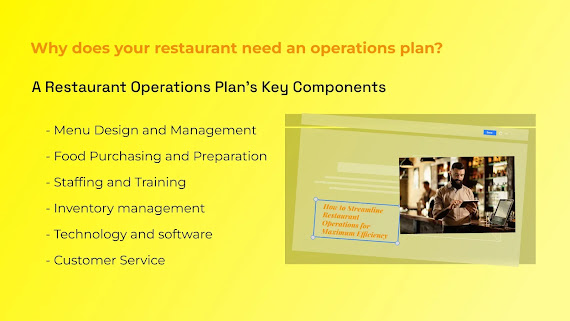Interesting Statistics About Food Delivery Services
Whether customers prefer takeout or delivery, the result is the same: off-premise dining is booming, and ordering food online is the norm. Eating out today is practically synonymous with ordering out thanks to the pandemic protocols and very very busy schedules! The result: today online ordering and food delivery have become indispensable to anyone in the food business.
While ordering takeout has been around for a while, ordering online and getting food delivered has increased over the past five years, and more so since 2020. This meant that many restaurants had to quickly adapt and turn to 3rd party ordering and food delivery services which cost them immensely.
Plus, studies show that 70% of consumers prefer ordering (online or otherwise) directly with the restaurant than through a third-party app.
So the smarter businesses invested in building a website for their restaurants and setting up online ordering, which is a lot easier these days than you’d think!
Considering, that mobile and online ordering and food delivery have seen a huge uptick across the restaurant industry, we have compiled some interesting statistics that will help you understand and adapt to the latest trends and standards in the food industry.
Demographics
- 34% of consumers aged 18-24 use online food delivery services that do not offer free delivery.
- 16% of parents used meal delivery apps, in February 2020.
- 80% of Americans have gotten food delivered to their homes at least once.
- 41% of women prefer getting pizza delivered when on a date.
- The average revenue per user (ARPU) in the Online Food Delivery segment is expected to be USD 178.90 in 2022.
- The number of people who order food online and get delivered is expected to hit 2,613.2 million by 2027.
- 23.7% of people worldwide will have begun using online ordering and food delivery in 2022.
Leading Food Delivery Apps
With 81 million users, it is the most widely available food delivery service, operating across 6 continents and ranking 1st or 2nd in the gross number of orders in a majority of the countries they operate in.
Availability: Covers 500+ cities in 24 countries
Grubhub
GrubHub is an online and mobile platform for ordering food. The service provides both pickup and delivery options. Up until 2018, this original aggregator in the US, along with Seamless, controlled over 50% of US online food delivery.
Availability: Grubhub is available in over 3,200 cities across US and London.
DoorDash
This American on-demand food delivery service provider connects restaurants with food delivery partners. It is a local community-driven delivery powerhouse.
You can order from local restaurants, and a delivery driver will bring your meal to you. It isn’t as widely available as GrubHub, but where it is available, it’s highly preferred, and the app is super easy to use.
Availability: DoorDash is available in 800+ cities in the U.S. and Canada.
Postmates
Unlike the other apps on our list, Postmates lets you get a lot more than just food delivered to your home. This delivery service will pick up almost anything from almost anywhere and deliver it to your doorstep.
Availability: Postmates is currently available in over 4,200 cities across all 50 states in the US and D.C.
Seamless
This popular food delivery app is one of the oldest players in the restaurant business. Seamless lets you order from over 25,000 restaurants in New York City and Boston.
Availability: Covers over 4,000 U.S. cities.
Curbside Pickup Statistics
Adoption Curbside pickups have become more popular since the pandemic.
- 69% of US consumers have used curbside pick-up since the pandemic.
- In 2020, the value of curbside pickups and click-and-collect orders reached a whopping $72.5 billion in the United States alone.
- Click-and-collect sales in the United States are expected to reach $140.96 billion by 2024.
Online Food Delivery Revenue Statistics
According to studies into the restaurant industry and consumer behavior, the revenue from online food deliveries is set to increase by $41.836 billion in 2022. With this, the market size of ghost kitchens, a related industry, has also grown considerably.
- The global online food delivery market is expected to reach $128.5 billion by 2027 from $80.37 billion in 2020, with a growth rate of 6.5% per annum.
- The market value of cloud or ghost kitchens is expected to rise from $43.1 billion in 2019 to $71.4 billion by 2027, with a 12% annual growth rate.
- Digital orders account for 28% of all orders in the US.
- The number of online food orders in fast-food and casual dining restaurants is 50% higher than non-digital orders.
- 60% of U.S. consumers order delivery or takeout at least once a week.
- 63% of consumers agree that it is more convenient to get food delivered than to dine out with family.
- 60% of restaurant operators say that offering delivery options has resulted in increased sales.
- 31% of consumers say they use third-party delivery services at least twice a week.
- Online food delivery services are expected to be a $32 billion industry by 2024.




Comments
Post a Comment